Passive House Benefits
Discover Passive House benefits in the UK. Save on energy bills, improve comfort & reduce your carbon footprint. Learn how this sustainable living standard enhances your life!

How Passive Houses Can Help the Planet and Improve Your Life
In an era where climate change and rising energy costs dominate headlines, the concept of the Passive House (or Passivhaus) has emerged as a beacon of hope. Originating in Germany, this innovative building standard is gaining traction in the UK, offering a sustainable, comfortable, and cost-effective way to live. By focusing on energy efficiency and eco-friendly design, Passive Houses not only reduce our carbon footprint but also enhance our quality of life. Here’s how adopting Passive House principles in the UK can benefit both the planet and you.
Stable Internal Temperatures
The UK’s weather is notoriously unpredictable—chilly winters, damp springs, and occasionally sweltering summers. Passive Houses maintain stable internal temperatures regardless of the season. Through meticulous insulation, good quality windows and doors, heat recovery systems, and strategic orientation to maximise sunlight, these homes stay warm in winter and cool in summer without relying heavily on heating or cooling systems. No more shivering in January or sweating in July—just consistent, cosy comfort all year round.
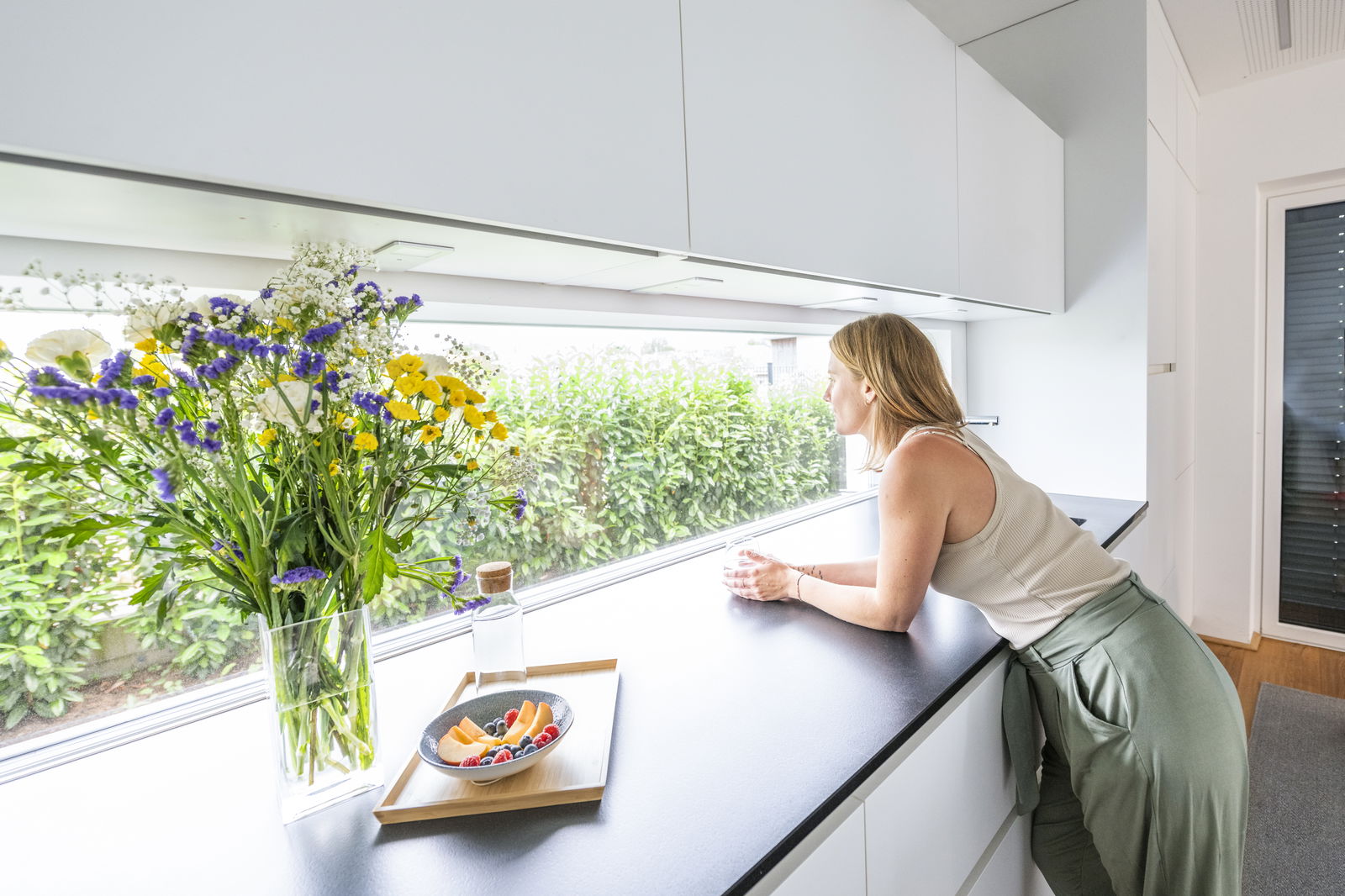
Noise Reduction
Living in bustling urban areas or near busy roads can make tranquillity hard to come by. Passive Houses are designed with superior insulation and airtight construction, which do more than just keep heat in—they block out external noise. Triple-glazed windows and thick walls act as a sound barrier, creating a calm, quiet indoor environment. Whether it’s the hum of traffic or noisy neighbours, a Passive House offers a retreat from the chaos, improving mental well-being and reducing stress.
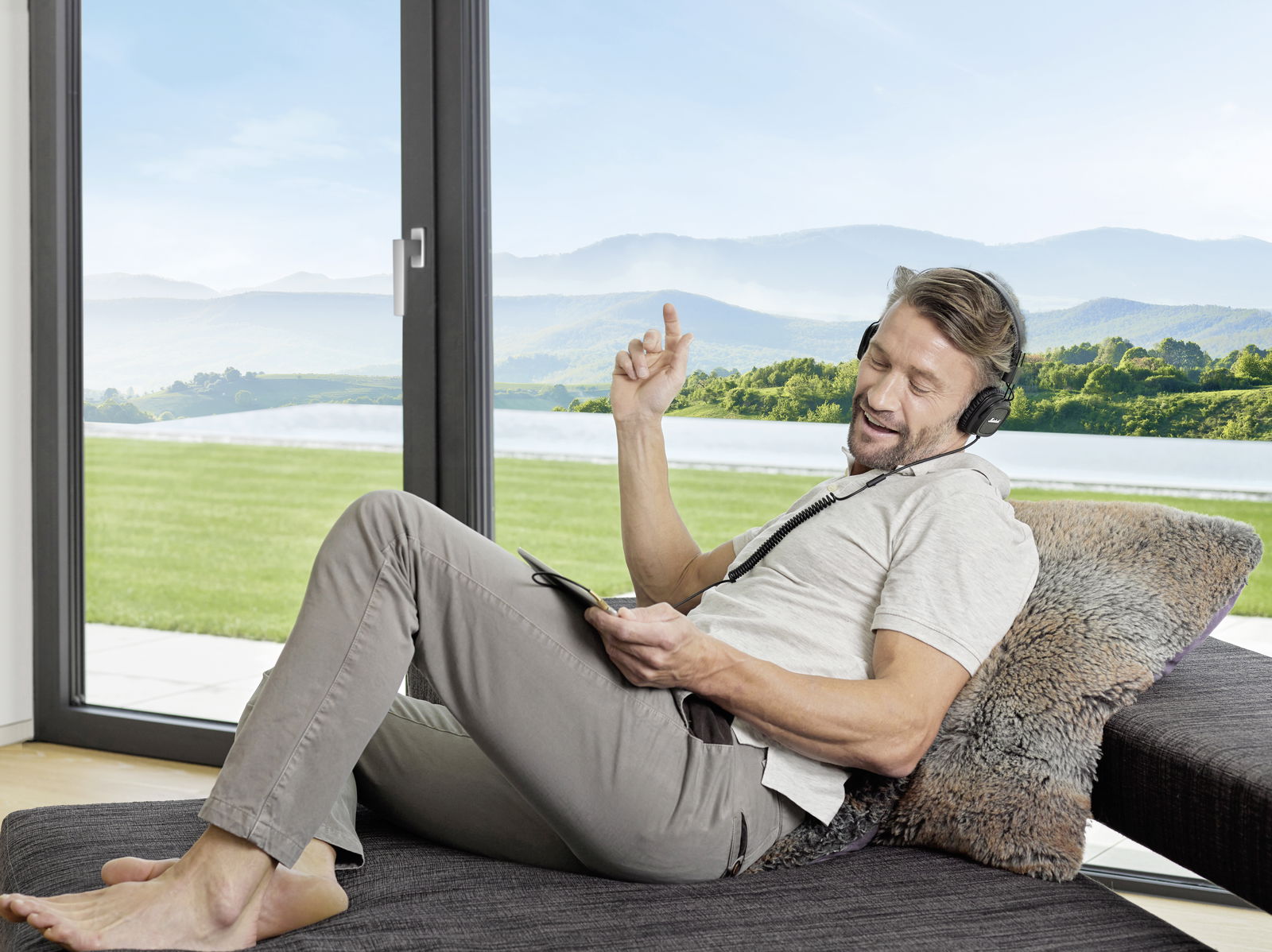
Comfort
Comfort is at the heart of the Passive House philosophy. Beyond temperature control, the design eliminates drafts, cold spots, and overheating. Every room feels inviting, with no need for bulky radiators or noisy air conditioning units cluttering your space. This seamless comfort transforms your home into a sanctuary, enhancing your daily experience and making it a joy to live in.
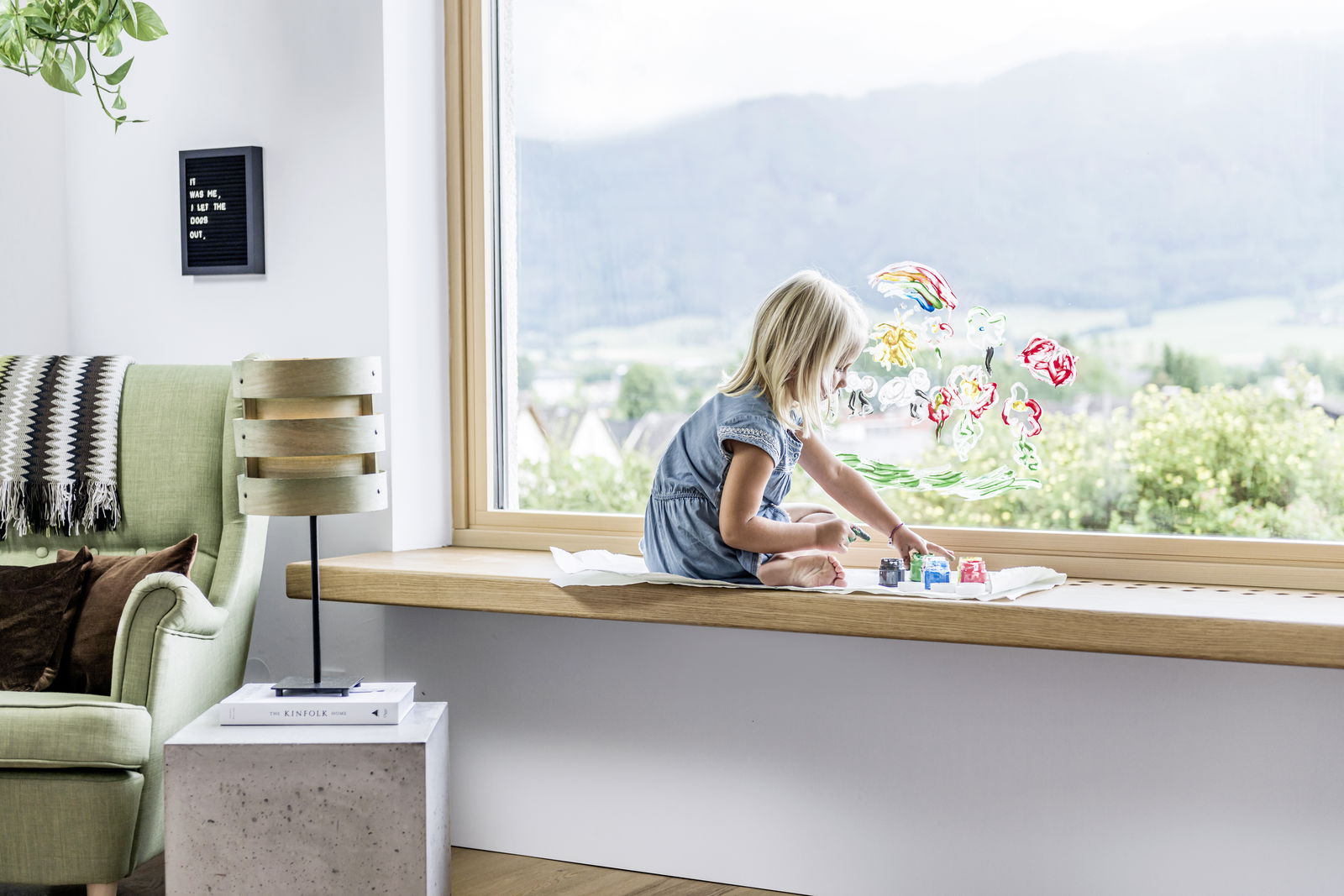
Low Energy Bills
With energy prices soaring in the UK, the promise of low energy bills is a game-changer. Passive Houses use up to 90% less energy for heating and cooling compared to traditional homes. Their airtight construction and heat recovery ventilation systems mean you’re not wasting money warming the outdoors. Over time, these savings can offset the initial investment in a Passive House, leaving you with more disposable income for the things you love.
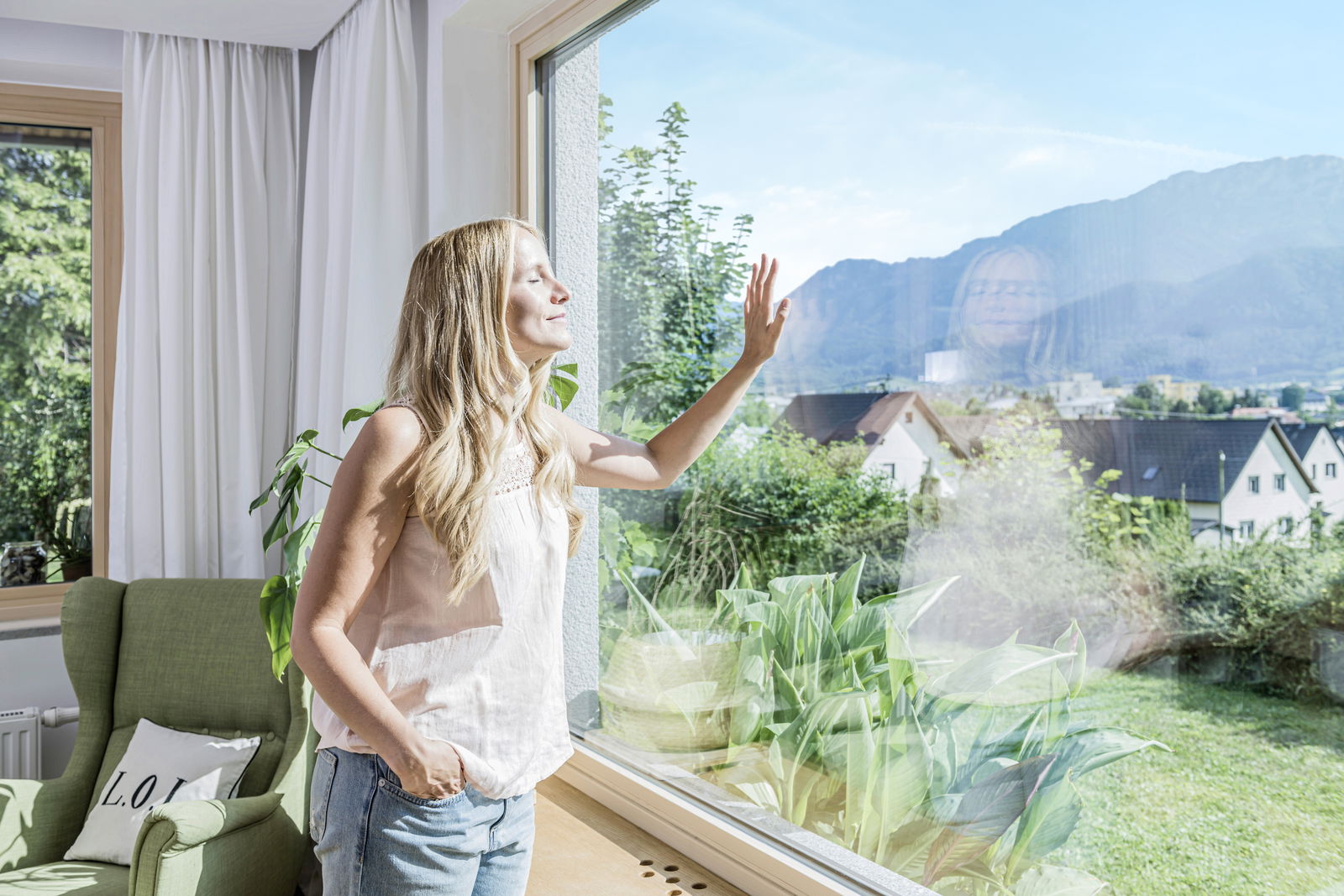
Helping the Environment
The environmental benefits of Passive Houses are profound. By drastically reducing energy consumption, they cut greenhouse gas emissions, helping combat climate change—a pressing concern for the UK as it strives to meet net-zero targets by 2050. Using fewer fossil fuels for heating also reduces reliance on non-renewable resources. For eco-conscious homeowners, living in a Passive House is a tangible way to contribute to a healthier planet.
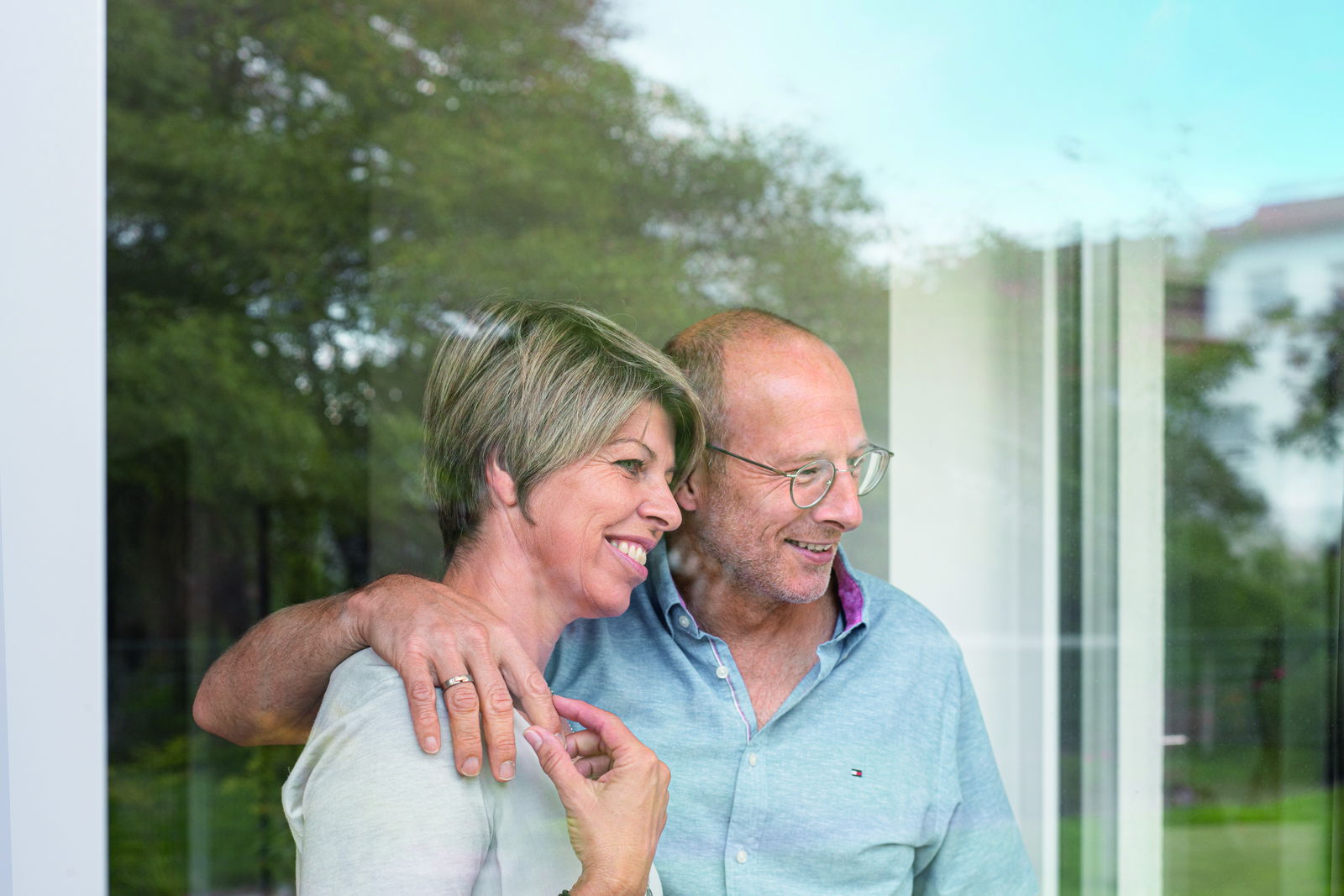
Sustainable Structures
Passive Houses aren’t just energy-efficient—they’re built with durability in mind. High-quality materials and precise construction standards ensure these homes stand the test of time, reducing the need for frequent repairs or rebuilds. Many designs also incorporate sustainable materials, like responsibly sourced timber or recycled insulation, further minimising their environmental impact. This longevity makes them a smart investment for both homeowners and the planet.
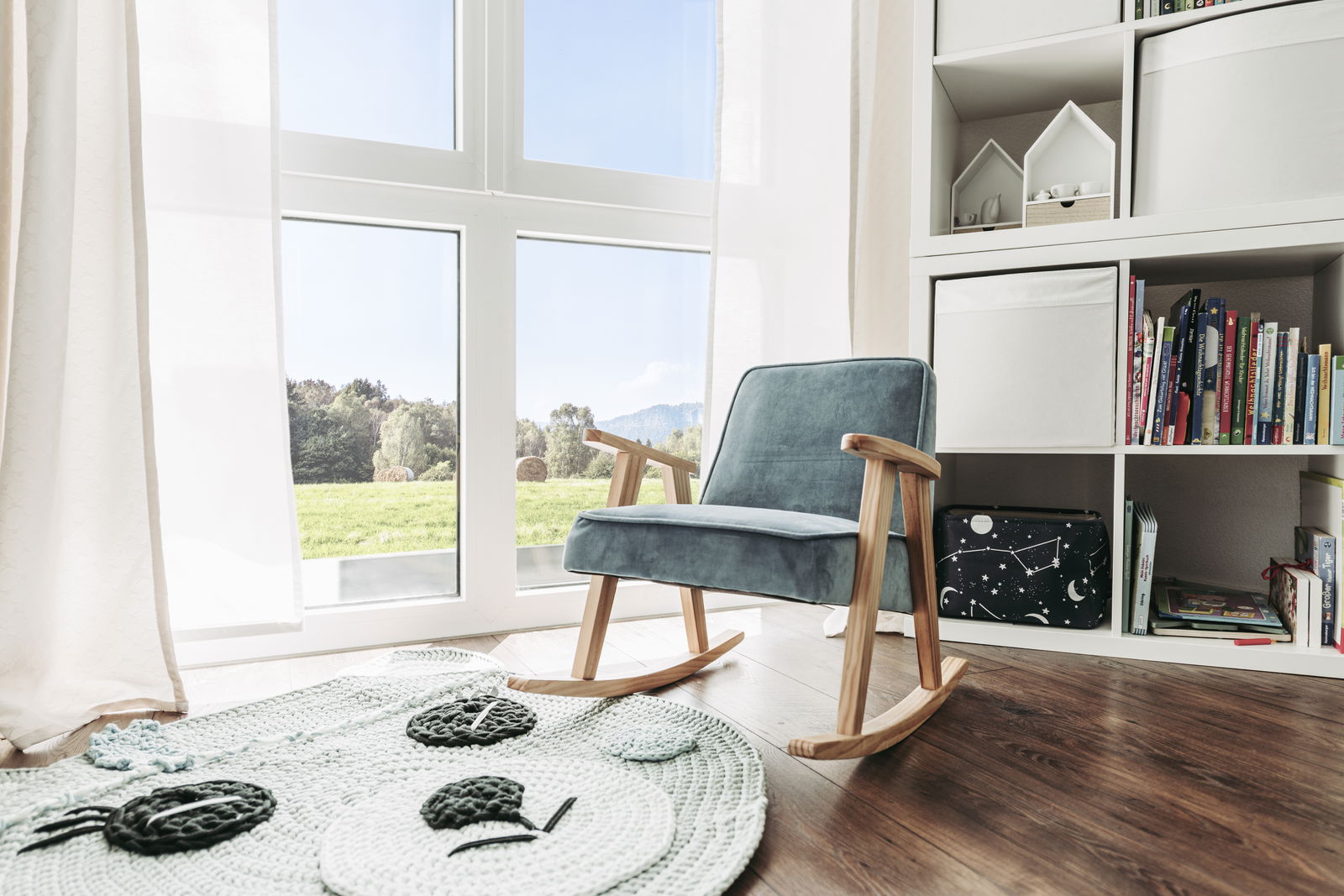
Enhanced Indoor Air Quality
Poor ventilation in traditional homes can trap pollutants, mould, and allergens, compromising air quality. Passive Houses, however, use mechanical ventilation with heat recovery (MVHR) systems to deliver a constant supply of fresh, filtered air. This not only eliminates stale air but also keeps humidity levels balanced, preventing dampness and mould growth. For UK residents, where damp weather can exacerbate indoor air issues, this is a significant upgrade.
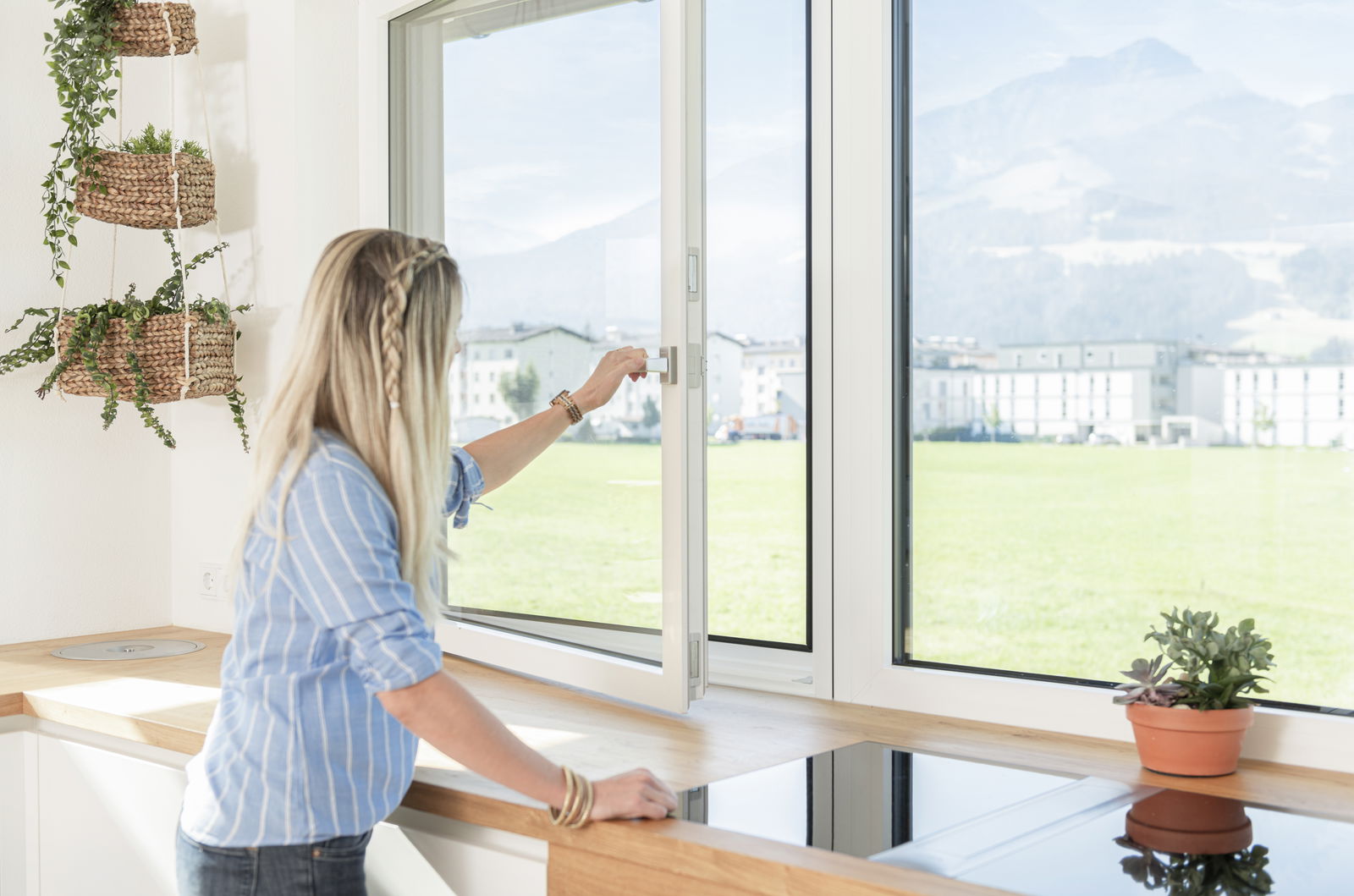
Health Benefits
The combination of clean air, stable temperatures, and reduced noise doesn’t just make a Passive House comfortable—it makes it healthier. Better air quality can alleviate respiratory issues like asthma, while consistent warmth reduces the risk of cold-related illnesses. The peaceful environment also supports mental health, offering a space to unwind and recharge. For families, the elderly, or anyone with health concerns, a Passive House provides a nurturing environment that enhances overall well-being.
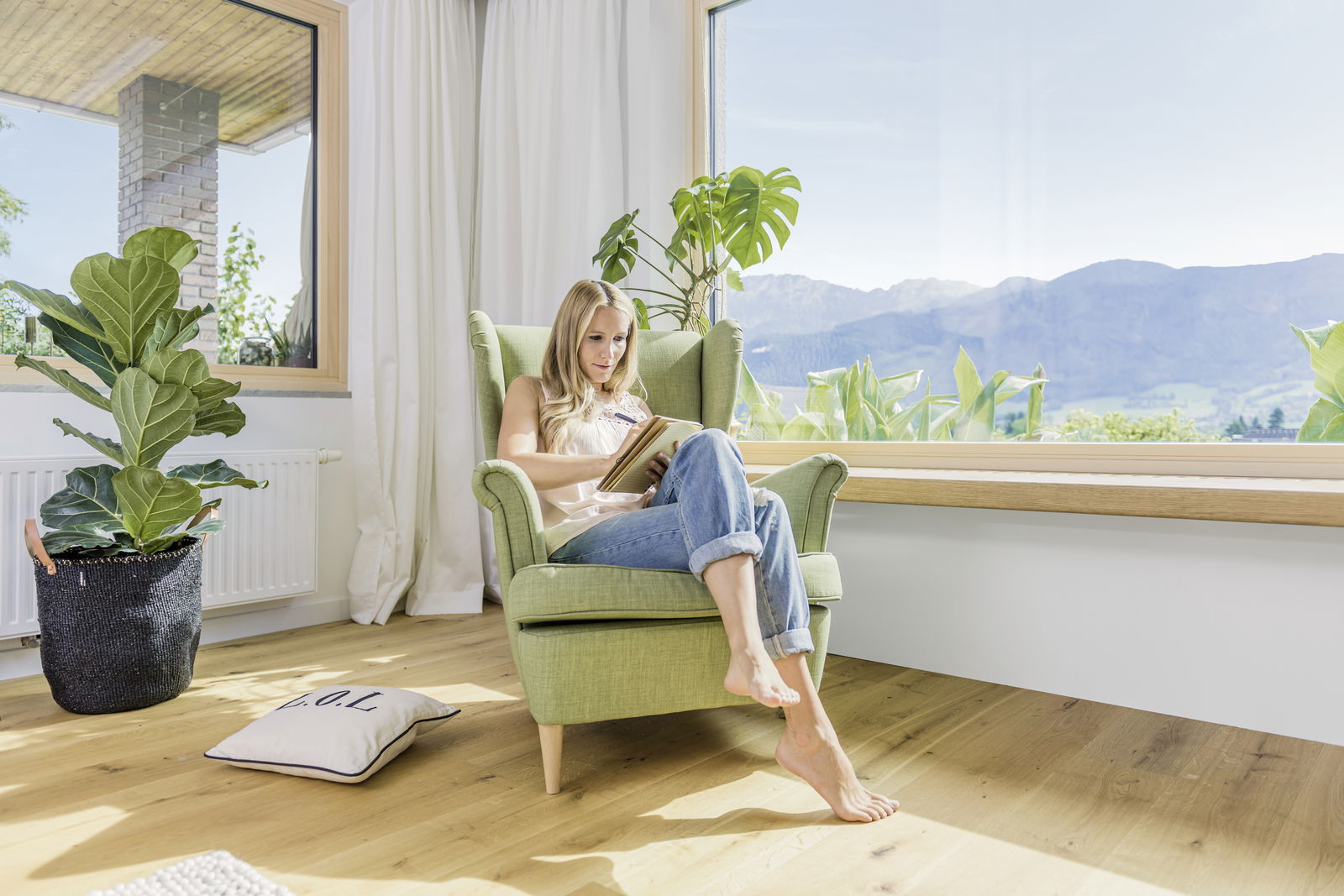
Why the UK Needs Passive Houses Now
The UK faces unique challenges—aging housing stock, rising energy costs, and ambitious climate goals. Passive Houses address all of these head-on. They offer a practical solution for retrofitting existing homes or building new ones, aligning with the government’s push for greener living. Plus, as more people prioritise sustainability and wellness, the demand for such homes is only set to grow.
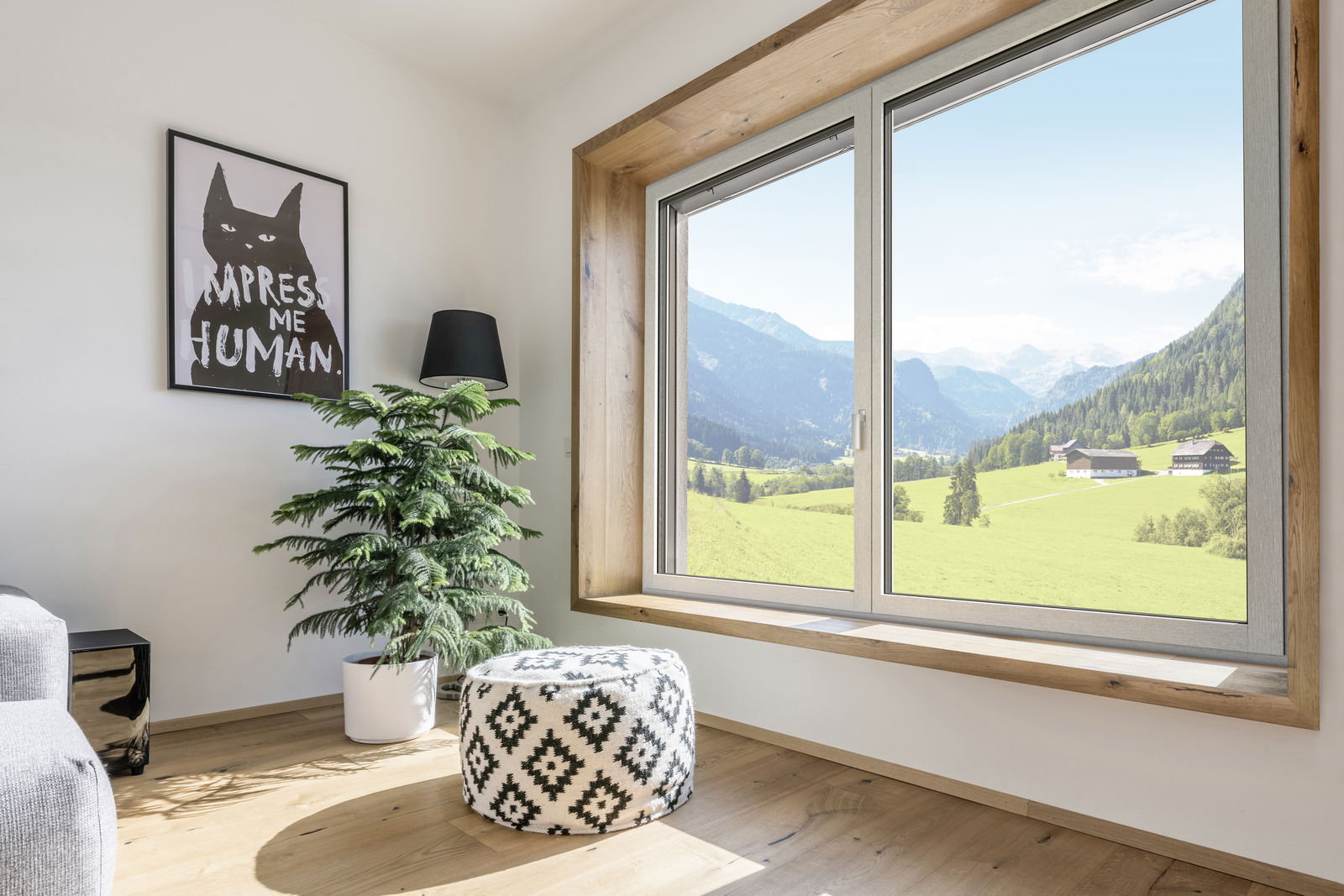
Conclusion
Adopting Passive House standards in the UK isn’t just about cutting-edge architecture—it’s about creating a better future. From slashing energy bills and carbon emissions to improving comfort and health, the benefits are undeniable. Whether you’re an eco-warrior, a budget-conscious homeowner, or simply someone who values a quiet, cosy space, a Passive House delivers. It’s a small change in how we build that can make a massive difference—to our lives and the world around us. Isn’t it time we all took a step toward smarter, greener living?
